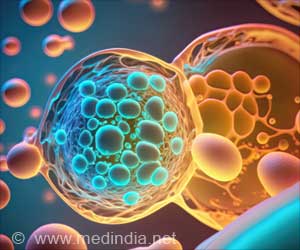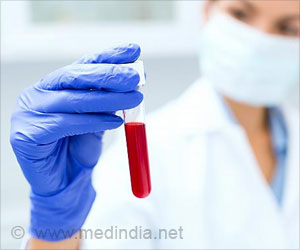Understand the process of cell division, would open up potential cancer therapies.
Dr. Quansheng Du, a cell biologist with the Medical college of Georgia is carrying out in depth work to understand the process of cell division, as he believes that this would open up potential cancer therapies.
Dr. Quansheng Du, who recently received two million dollars in grants from the National Institutes of Health and the American Cancer Society to pursue his studies, says that when a cell gets divided between daughter cells, both offspring should do well.When all goes well, he says, cell division helps repopulate a damaged organ or replenish endogenous stem cells.
However, any flaw in the process may lead to cancer or developmental defects.
“What we are trying to understand is how cells divide,” says Dr. Du.
He has detailed a group of proteins critical for the organization of mitotic spindle, a sort of demarcation line that helps a dividing cell divvy up its genetic information, and positioning in mammalian cells.
The researcher now wants to know how these proteins get where they need to be, and how they co-operate with other proteins to organize the spindle and direct its orientation.
Advertisement
He says that the relatively recent discoveries of cancer stem cells make the possibilities even more intriguing.
Advertisement
“How normal stem cells become cancer stem cells is not clear. Abnormal asymmetric stem cell division, which will break the balance between stem cell self-renewal and differentiation, may be an early event that drives the development of cancer stem cells,” he adds.
Dr. Du says that understanding the mechanisms of stem cell division may provide clues for targeted cancer therapy against these cancer stem cells. According to him, manipulating the balance toward differentiation, for example, would probably lead to the depletion of cancer stem cells.
The study has been reported in Nature Cell Biology, Current Biology and Cell.
Source-MJA
LIN/K









